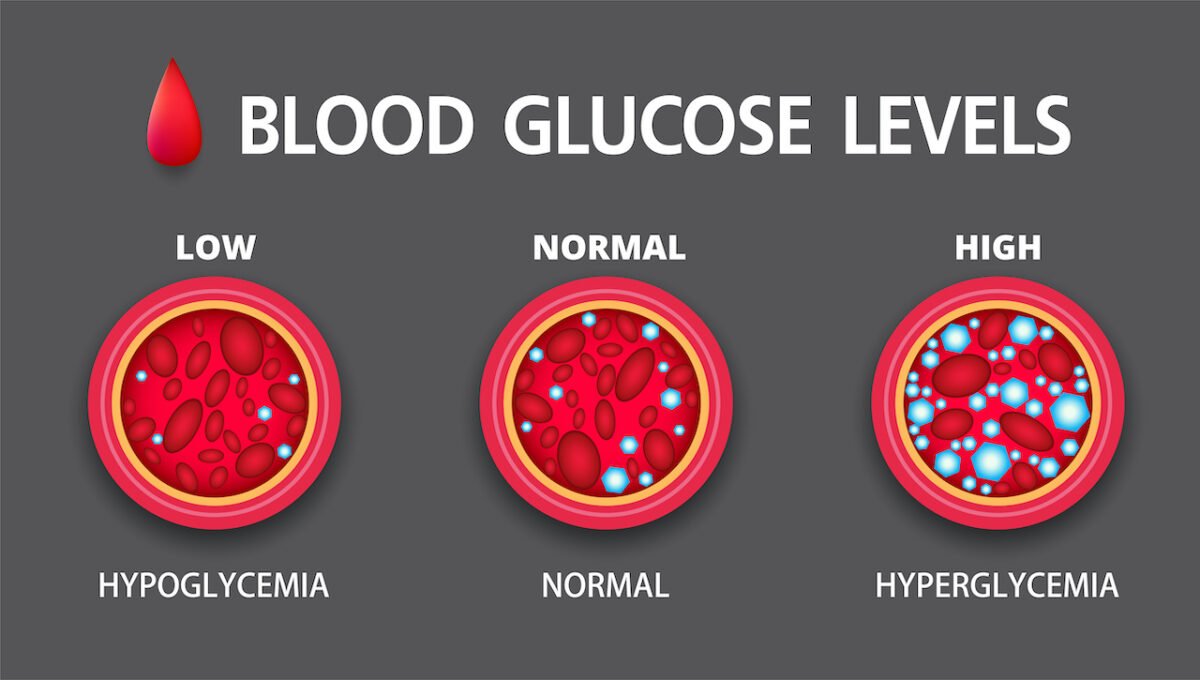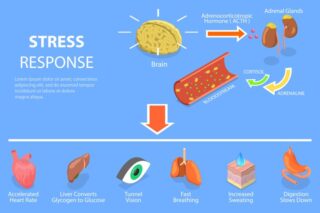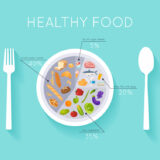Understanding the Glycemic Index: How It Affects Your Blood Sugar

Introduction
The glycemic index (GI) is a valuable tool for understanding how different foods affect your blood sugar levels. For those looking to manage their weight, improve their energy levels, or control diabetes, learning about the glycemic index can be incredibly beneficial. This article explains what the glycemic index is, how it impacts your health, and how to use it to make healthier food choices.
What is the Glycemic Index?
Defining the Glycemic Index:
- The glycemic index measures how quickly carbohydrates in foods are broken down into glucose and absorbed into the bloodstream. Foods are ranked on a scale from 0 to 100, with higher values indicating a faster increase in blood sugar levels.
Categories of GI:
- Low GI (0-55): Foods that cause a slow, gradual rise in blood sugar. Examples include whole grains, legumes, and non-starchy vegetables.
- Medium GI (56-69): Foods that cause a moderate increase in blood sugar. Examples include bananas, brown rice, and couscous.
- High GI (70-100): Foods that cause a rapid spike in blood sugar. Examples include white bread, potatoes, and sugary cereals.
Why the Glycemic Index Matters
Managing Blood Sugar Levels:
- Understanding the glycemic index can help individuals manage their blood sugar levels more effectively, which is particularly important for people with diabetes.
Supports Weight Management:
- Foods with a low GI tend to promote satiety and reduce hunger, making it easier to manage calorie intake and support weight loss efforts.
Improves Energy Levels:
- Low-GI foods provide a steady supply of energy, preventing the energy crashes associated with high-GI foods.
Reduces Risk of Chronic Diseases:
- Diets rich in low-GI foods have been linked to a reduced risk of developing chronic diseases such as heart disease, type 2 diabetes, and certain cancers.

How to Use the Glycemic Index for Healthier Eating
Choose Whole, Unprocessed Foods:
- Opt for whole grains, legumes, fruits, and vegetables over refined and processed foods to keep your GI low.
Pair High-GI Foods with Low-GI Foods:
- Combining high-GI foods with low-GI foods can help moderate blood sugar spikes. For example, pair white rice with a vegetable stir-fry.
Monitor Portion Sizes:
- Even low-GI foods can impact blood sugar if consumed in large quantities, so pay attention to portion sizes.
Incorporate Fiber-Rich Foods:
- Fiber slows the digestion of carbohydrates, helping to lower the GI of a meal. Include fiber-rich foods like oats, apples, and beans in your diet.
Stay Active:
- Regular physical activity helps regulate blood sugar levels and improve overall metabolic health.
Conclusion
Understanding the glycemic index can empower you to make smarter food choices that support better blood sugar control, weight management, and overall health. By choosing low-GI foods and incorporating them into a balanced diet, you can improve your energy levels and reduce the risk of chronic diseases.
Summary:
- The glycemic index (GI) measures how quickly foods raise blood sugar levels, helping manage blood sugar, weight, and energy levels.
- Low-GI foods provide a steady release of energy, promote satiety, and are linked to a reduced risk of chronic diseases like diabetes and heart disease.
- Using the GI involves choosing whole, unprocessed foods, pairing high-GI foods with low-GI options, monitoring portion sizes, and staying active for better health outcomes.

This article reviewed by Dr. Jim Liu, MD and Ms. Deb Dooley, APRN.
There’s nothing more important than our good health – that’s our principal capital asset.
#medical #telehealth #umedoc










